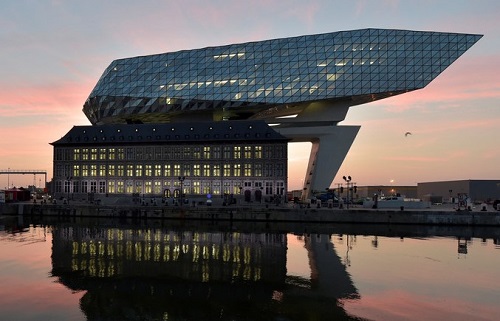 Friday, April 26, 2024
Friday, April 26, 2024  Friday, April 26, 2024
Friday, April 26, 2024 
When giant blobs began appearing on city skylines around the world in the late 1980s and 1990s, it marked not an alien invasion but the impact of computers on the practice of building design.
Thanks to computer-aided design (CAD), architects were able to experiment with new organic forms, free from the restraints of slide rules and protractors. The result was famous curvy buildings such as Frank Gehry’s Guggenheim Museum in Bilbao and Future Systems’ Selfridges Department Store in Birmingham.
Today, computers are poised to change buildings once again, this time with algorithms that can inform, refine and even create new designs. Even weirder shapes are just the start: algorithms can now work out the best ways to lay out rooms, construct the buildings and even change them over time to meet users’ needs. In this way, algorithms are giving architects a whole new toolbox with which to realise and improve their ideas.
At a basic level, algorithms can be a powerful tool for providing exhaustive information for the design, construction and use of a building. Building information modelling uses comprehensive software to standardise and share data from across architecture, engineering and construction that used to be held separately. This means everyone involved in a building’s genesis, from clients to contractors, can work together on the same 3D model seamlessly.
More recently, new tools have begun to combine this kind of information with algorithms to automate and optimise aspects of the building process. This ranges from interpreting regulations and providing calculations for structural evaluations to making procurement more precise.
Algorithmic design
But algorithms can also help with the design stage, helping architects to understand how a building will be used by revealing hidden patterns in existing and proposed constructions. These can be spatial and geometrical characteristics such as the ratio of public to private areas or the natural airflow of a building. They can be patterns of use showing which rooms are used most and least often.
Or they can be visual and physical connections that show what people can and can’t see from each point of a building and enable us to predict the flow of people around it. This is particularly relevant when designing the entrances of public buildings so we can place services and escape routes in the best position.
Construction Links Network – the peer-to-peer content sharing platform for the construction, building and design community